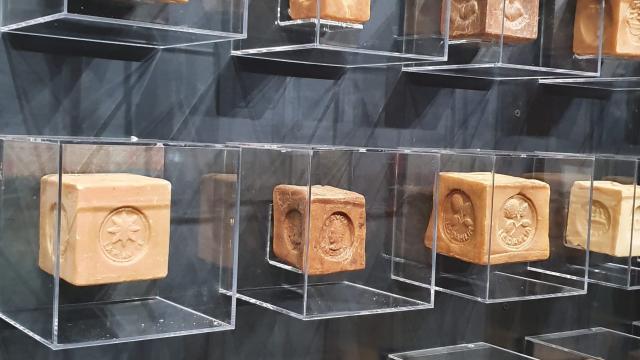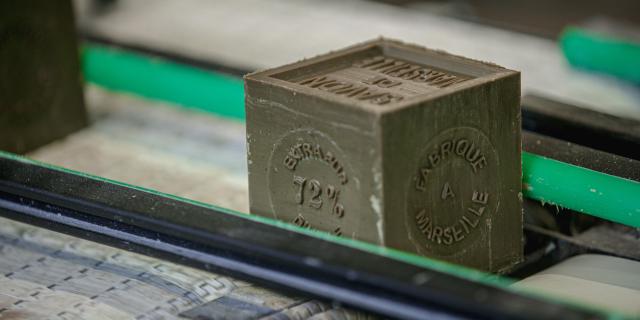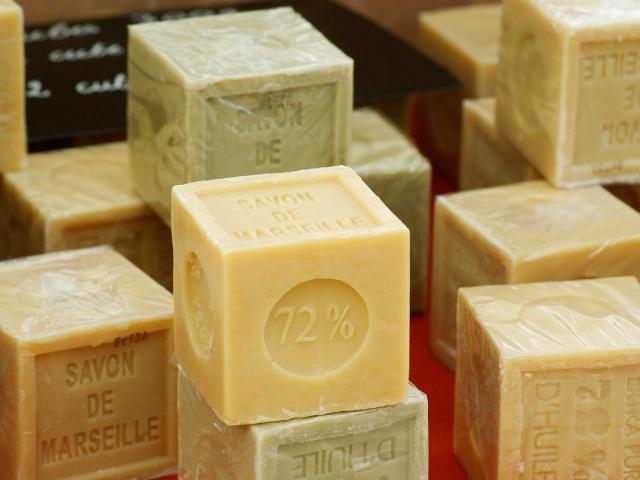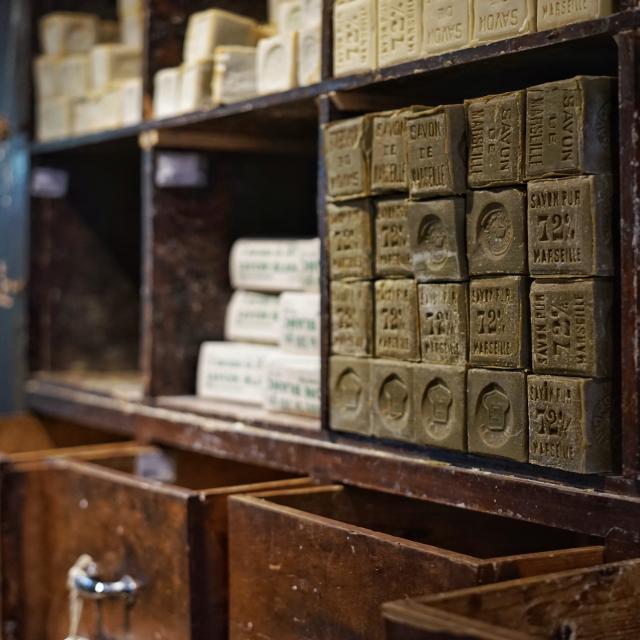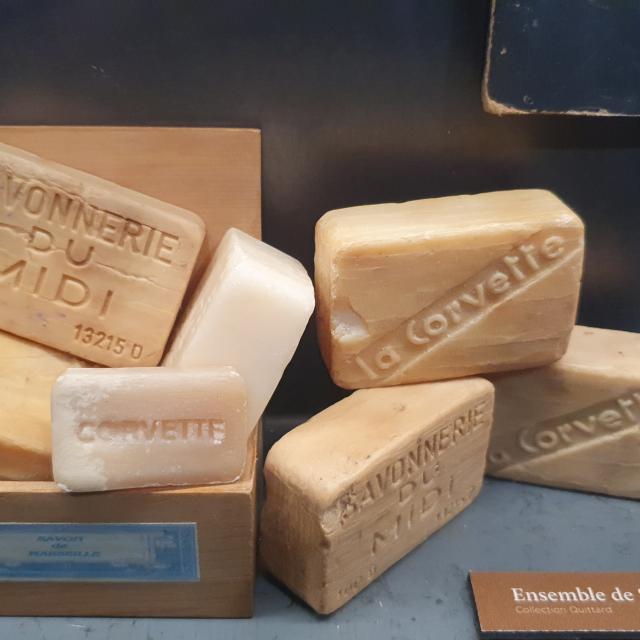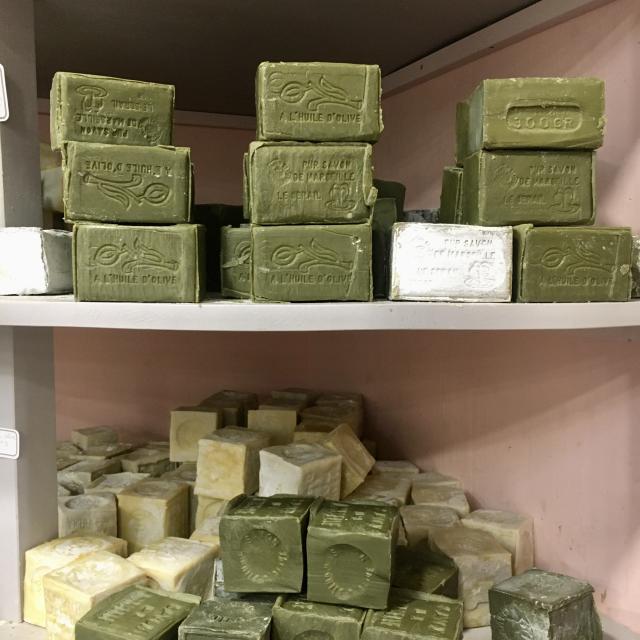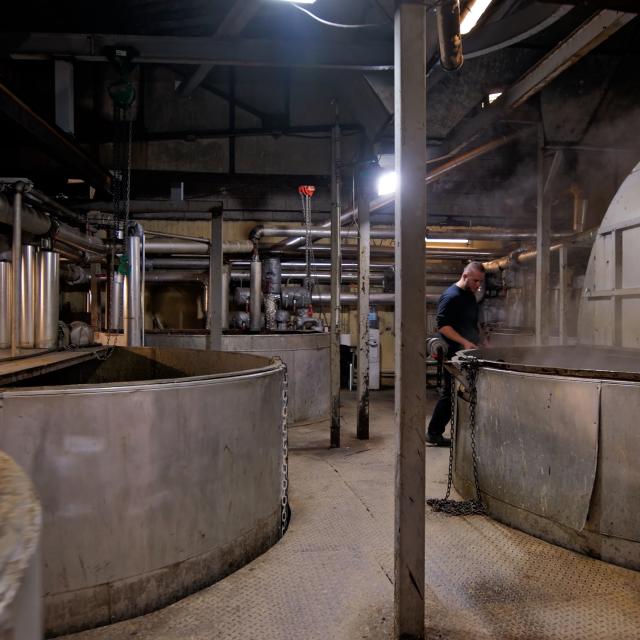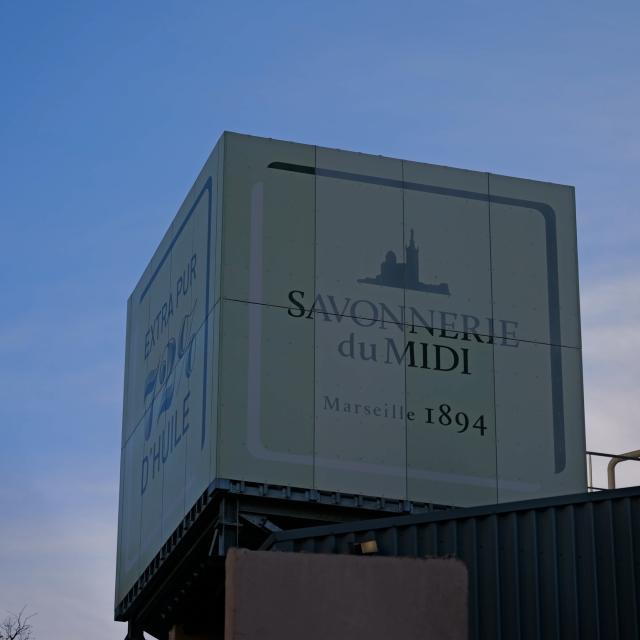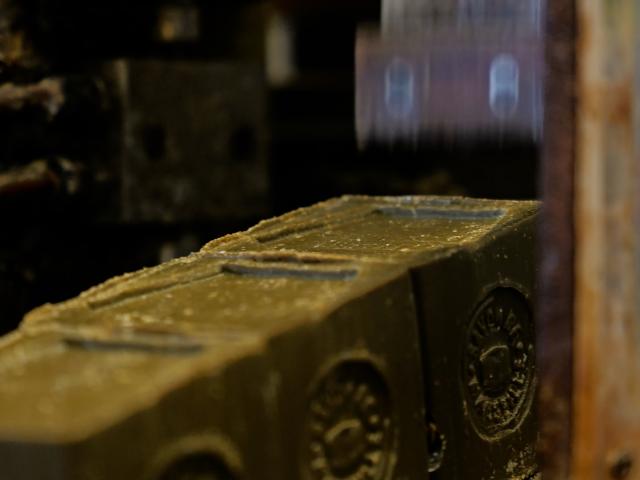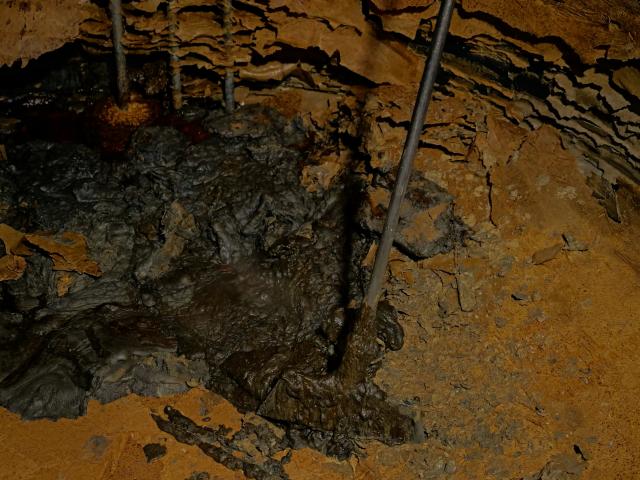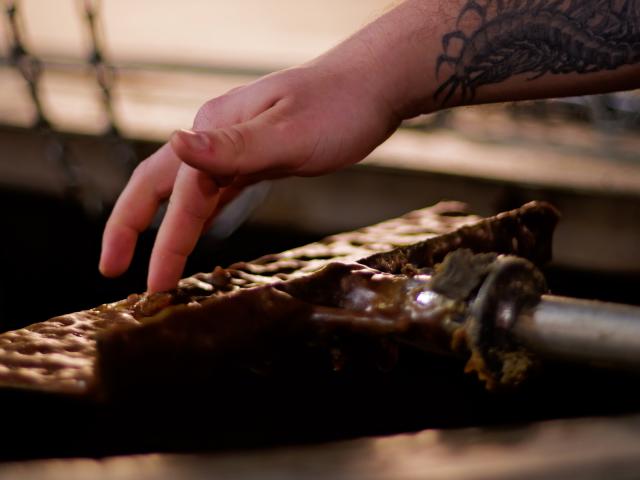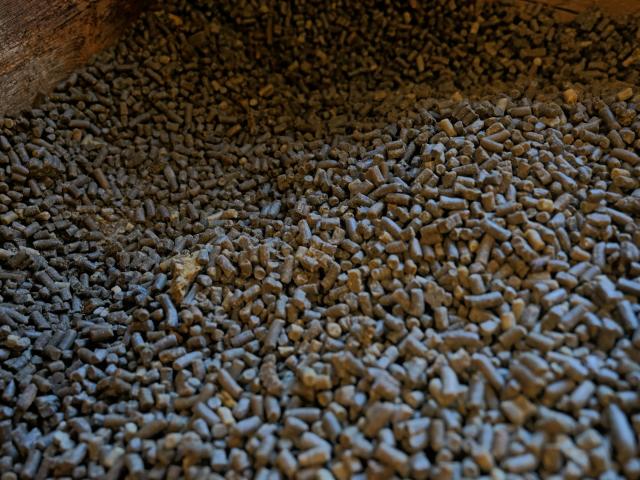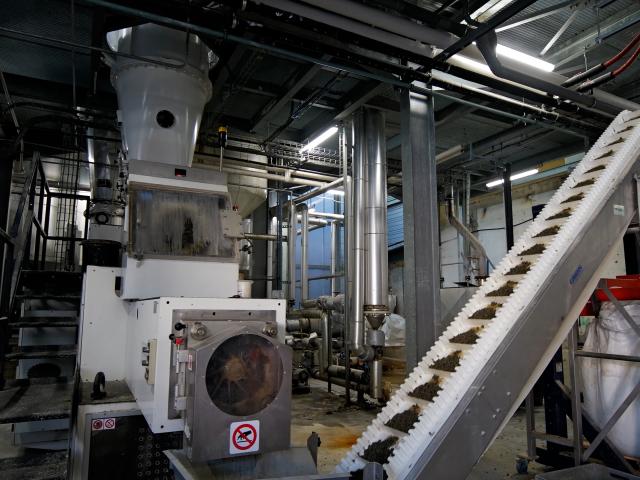The history of Marseille soap
In Gaulish times, soap was already used to wash clothes and dye hair red. This paste was made by mixing beechwood ash and goat’s tallow. It was already recognised as having certain medicinal properties.
Marseille and soap go back almost 700 years, since the first soap-maker was recorded in the area around Marseille at the end of the 14th century. In the 16th century, Marseille’s soap-making industry, established in the aftermath of the Crusades, went beyond the artisanal stage. By the beginning of the 17th century, production was barely able to meet demand in the city and the surrounding area. The Port of Marseille even received soaps from Genoa and Alicante.
But the war blocked supplies from Spain, and Marseille’s soap-makers had to increase their production to be able to supply the French in the north and Dutch, German and English buyers.
By 1660, there were 7 factories in the city, producing almost 20,000 tonnes a year. Under Colbert, the quality of Marseille’s production was such that “Marseille soap” became a household name. It was a green soap, sold mainly in 5 kg bars or 20 kg bars. In 1786, 48 soap factories in Marseille produced 76,000 tonnes, employing 600 workers and 1,500 convicts on loan from the Arsenal des Galères. The industry flourished until the First World War, when the difficulty of transporting seeds by sea seriously affected the soapmakers’ business. In 1913, production reached 180,000 tonnes, falling to 52,817 tonnes in 1918.
After the war, the soap industry benefited from advances in mechanisation; the quality of the product was enhanced by the use of the old processes, and production rose again, reaching 120,000 tonnes in 1938.
When the Second World War broke out, Marseille still accounted for half of French production, but the years that followed were disastrous.
Today, there are still three soap factories operating in Marseille.
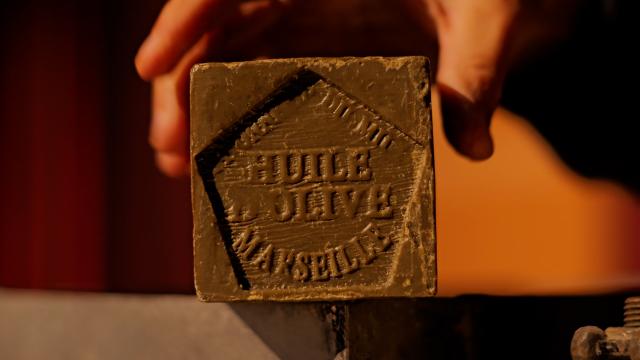 Savon De Marseille Novasud 1
Savon De Marseille Novasud 1